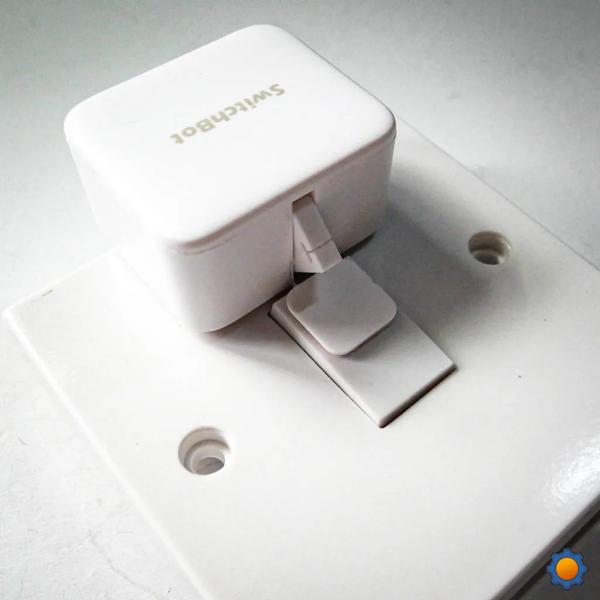SwitchBot is a smart home automation device that can be controlled remotely using a smartphone app or voice assistants such as Amazon Alexa or Google Assistant. It can be used to remotely control a variety of devices, such as lights, appliances, and thermostats, by physically pressing a button or toggling a switch.
You can use a Raspberry Pi to control a SwitchBot by installing the SwitchBot API on your Raspberry Pi and using it to send commands to the SwitchBot. Here's a general outline of the steps you can follow to do this:
- Set up your Raspberry Pi with an operating system and connect it to the internet.
- Install the Python programming language on your Raspberry Pi.
- Install the SwitchBot API for Python by running the following command in a terminal:
pip install switchbot
- Connect your SwitchBot to your Raspberry Pi using a Bluetooth adapter.
- Write a Python script using the SwitchBot API to control your SwitchBot. You can use the API to send commands to the SwitchBot, such as pressing a button or toggling a switch.
- Run your Python script on your Raspberry Pi to control your SwitchBot.
How to connect SwitchBot to your Raspberry Pi using a Bluetooth adapter
To connect your SwitchBot to your Raspberry Pi using a Bluetooth adapter, you will need to have a Bluetooth adapter that is compatible with your Raspberry Pi and a SwitchBot that supports Bluetooth connectivity.
Here are the general steps you can follow to connect your SwitchBot to your Raspberry Pi using a Bluetooth adapter:
- Make sure that your Raspberry Pi is set up with an operating system and is connected to the internet.
- Install the Python programming language and the BlueZ Bluetooth stack on your Raspberry Pi. You can do this by running the following command in a terminal:
sudo apt-get install python3 python3-pip bluez
- Plug your Bluetooth adapter into your Raspberry Pi.
- Enable Bluetooth on your Raspberry Pi by running the following command in a terminal:
sudo hciconfig hci0 up
- Turn on your SwitchBot and put it into pairing mode. This may involve pressing a button or holding down a switch for a few seconds.
- Scan for available Bluetooth devices on your Raspberry Pi by running the following command in a terminal:
hcitool scan
- Connect to your SwitchBot using the Bluetooth MAC address that was returned by the scan command. You can do this by running the following command in a terminal:
sudo bluez-simple-agent hci0
Once you have connected your SwitchBot to your Raspberry Pi using a Bluetooth adapter, you can use the SwitchBot API for Python to send commands to the SwitchBot and control it from your Raspberry Pi.
Python script using the SwitchBot API to control your SwitchBot for raspberry pi:
To write a Python script using the SwitchBot API to control your SwitchBot from a Raspberry Pi, you will need to have the SwitchBot API for Python installed on your Raspberry Pi and your SwitchBot connected to your Raspberry Pi using a Bluetooth adapter.
Here is a simple example of a Python script that uses the SwitchBot API to press a button on a SwitchBot:
import switchbot # Connect to the SwitchBot bot = switchbot.SwitchBot() # Press the button on the SwitchBot bot.press() # Disconnect from the SwitchBot bot.disconnect()
This script first imports the switchbot module, which provides access to the SwitchBot API. It then connects to the SwitchBot using the SwitchBot() constructor and presses the button on the SwitchBot using the press() method. Finally, it disconnects from the SwitchBot using the disconnect() method.
You can use other methods provided by the SwitchBot API to perform other actions with your SwitchBot, such as toggling a switch or reading the current state of a button or switch. For example, you can use the toggle() method to toggle a switch and the is_on() method to check the current state of a switch.


